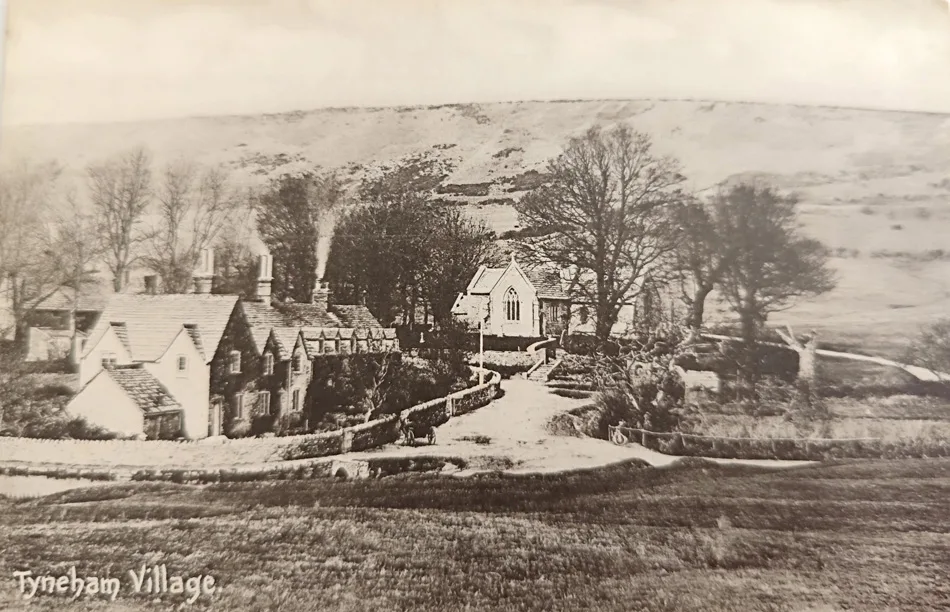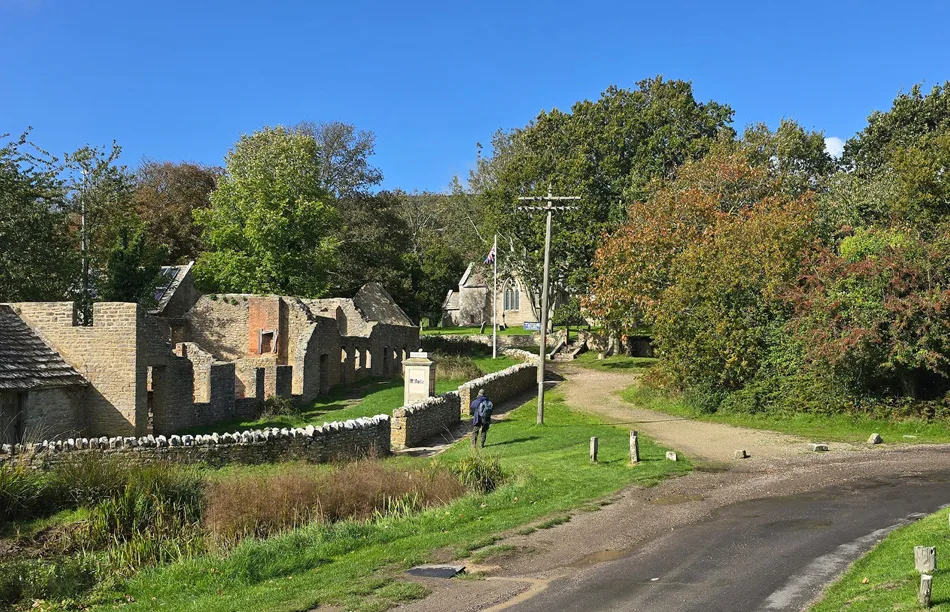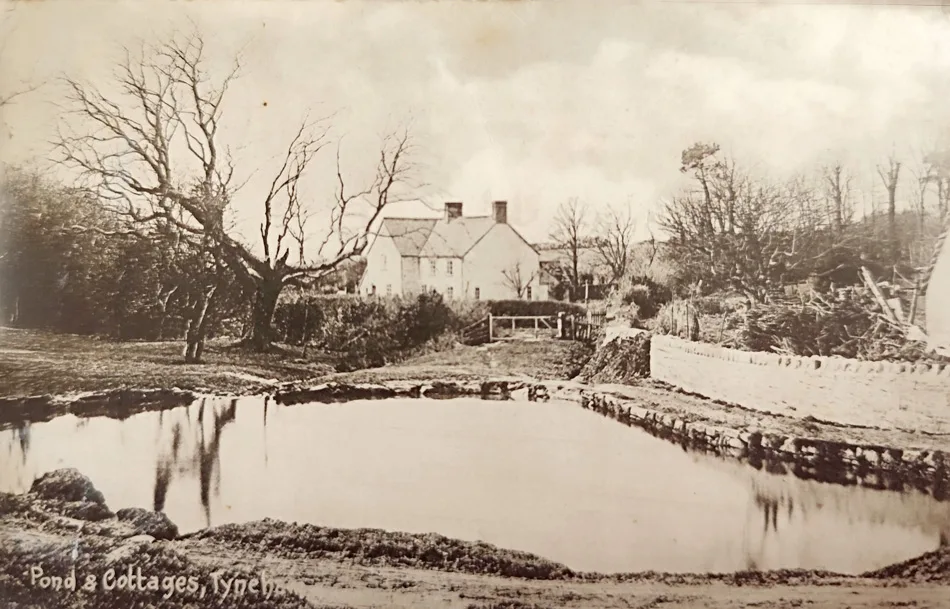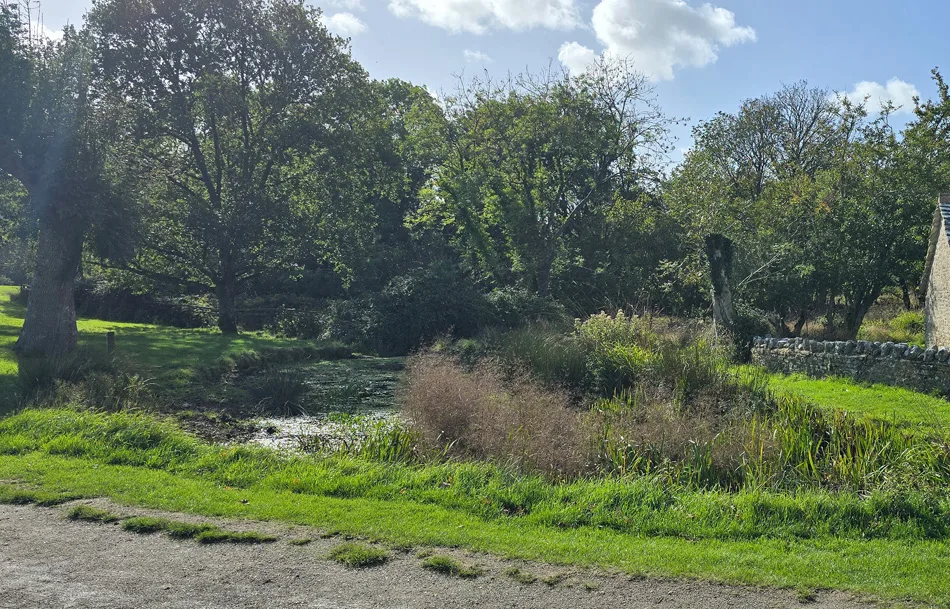Tyneham, on the isle of Purbeck, s often referred to as Dorset’s ‘lost village’. It had a population of 23 households in 1086, putting it in the largest 40 per cent of settlements recorded in the Domesday book – though evidence of a settlement at the site dates back to the Iron Age. Its recent history, however, is one of wartime sacrifice, military requisition … and an enduring connection to a past that continues to fascinate thousands of visitors.

‘Then’ postcards courtesy of the Barry Cuff Collection, and ‘now’ images by Courtenay Hitchcock

On 16th November 1943, the Ministry of Defence issued an evacuation order to Tyneham’s 225 residents, giving them just 28 days to leave. The village, located in the secluded Tyneham Valley, was required for military training ahead of the Allied invasion of Normandy. Secrecy surrounded the evacuation due to its connection with the war effort and preparations for D-Day. No media coverage appeared at the time – only a single, cryptic “highly important notice of sale” in the Western Gazette. Published on 3rd December 1943, it advertised the swift liquidation of Tyneham’s four farms. Over just four days, everything from livestock to farming equipment was sold off. In total, this included ‘313 dairy cows, rearages and stock bulls; nine working horses; 71 sheep; 33 pigs; 167 head of store poultry; 4 Fordson tractors; and upwards of 700 lots of farm implements and machinery.’


The sudden and complete loss of their farms, with little warning, must have left the farmers devastated. Like all of the villagers, they were forced from their homes, but they also saw their livelihoods – built over generations – stripped away in mere days.
The last of Tyneham’s 225 inhabitants left by 17th December 1943, all believing they would eventually return. A note pinned to the door of St Mary’s Church by Evelyn Bond, wife of the Lord of the Manor, pleaded for the village to be treated with care and expressed hope that one day the villagers would return. Sadly, that day never came. The valley, along with Tyneham and its surrounding land, was taken into military ownership, and despite decades of campaigning, the villagers never regained their homes.

Tyneham the “ghost village” is still on an active Ministry of Defence site, so it is only open to the public for about 150 days a year, when there is no military activity. For more information on the history of the village, do look at tynehamopc.org.uk


